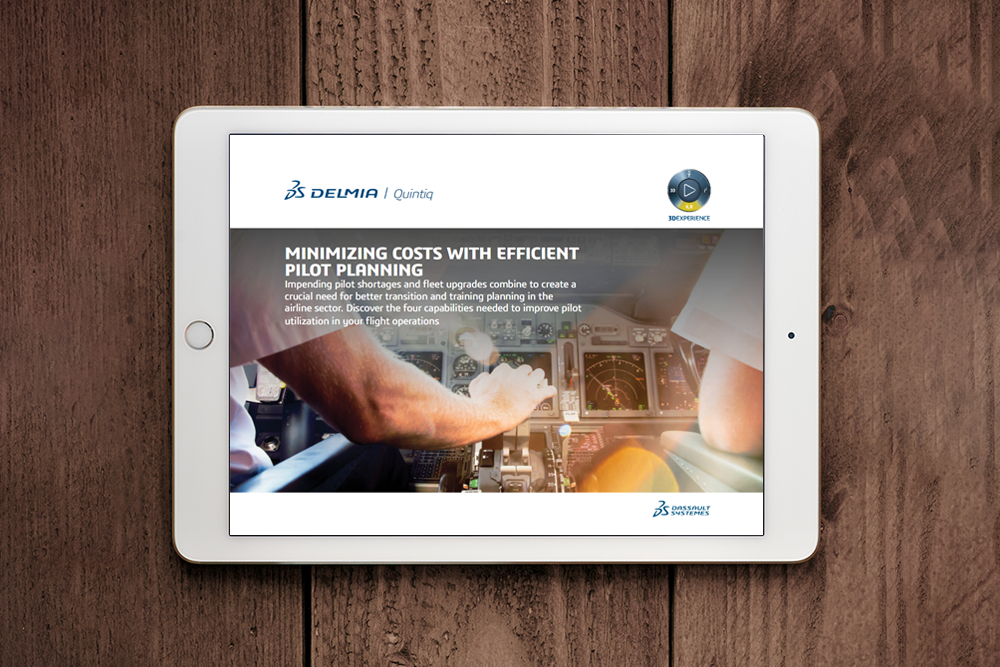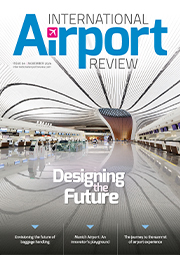Minimising costs with efficient pilot planning
- Like
- Digg
- Del
- Tumblr
- VKontakte
- Buffer
- Love This
- Odnoklassniki
- Meneame
- Blogger
- Amazon
- Yahoo Mail
- Gmail
- AOL
- Newsvine
- HackerNews
- Evernote
- MySpace
- Mail.ru
- Viadeo
- Line
- Comments
- Yummly
- SMS
- Viber
- Telegram
- Subscribe
- Skype
- Facebook Messenger
- Kakao
- LiveJournal
- Yammer
- Edgar
- Fintel
- Mix
- Instapaper
- Copy Link
Posted: 11 September 2018 | Dassault Systèmes | No comments yet


Impending pilot shortages and fleet upgrades combine to create a crucial need for better transition and training planning in the airline sector. Discover the four capabilities needed to improve pilot utilisation in your flight operations…
The democratisation of air travel has brought many changes to how airlines operate. With growing passenger demand and a wider customer base come more opportunities to increase revenue. However, airlines are also facing stiffer competition for both profits and skilled resources — particularly pilots.
Airlines are fighting an uphill battle to solve a growing pilot shortage. While the full impact of this shortage has not yet hit the industry, analysts are predicting a massive shortage of pilots as the industry moves into the coming decade.
Apart from the rise in demand for air travel, mandatory retirement rules also contribute to the situation. By 2026, more than 30,000 veteran pilots will retire from 10 major US airlines and cargo services. While this will provide opportunities for current pilots to be promoted in their respective organisations, it will also require airlines to step up their recruitment efforts as soon as possible to fill the projected gap in pilot supply.
However, recruitment efforts are hampered by the high barriers to employment for pilots. In 2013, the FAA amended rules to increase first officer flight hour requirements, resulting in a significantly longer training period and increased training costs for recruits. These training hours, in addition to costs for lessons and certification, mean that a recruit will have to spend a minimum of $40,000 to $60,000 to enter the pilot workforce, with some programs costing upwards of $100,000.
Faced with these challenges, how can airlines mitigate the effects of relying on a finite — and increasingly thin — pool of qualified pilots?
The rest of this content is restricted - login or subscribe free to access


Why subscribe? Join our growing community of thousands of industry professionals and gain access to:
- bi-monthly issues in print and/or digital format
- case studies, whitepapers, webinars and industry-leading content
- breaking news and features
- our extensive online archive of thousands of articles and years of past issues
- ...And it's all free!
Click here to Subscribe today Login here
Related topics
Aeronautical revenue, Airside operations, Passenger volumes, Recruitment and training

















